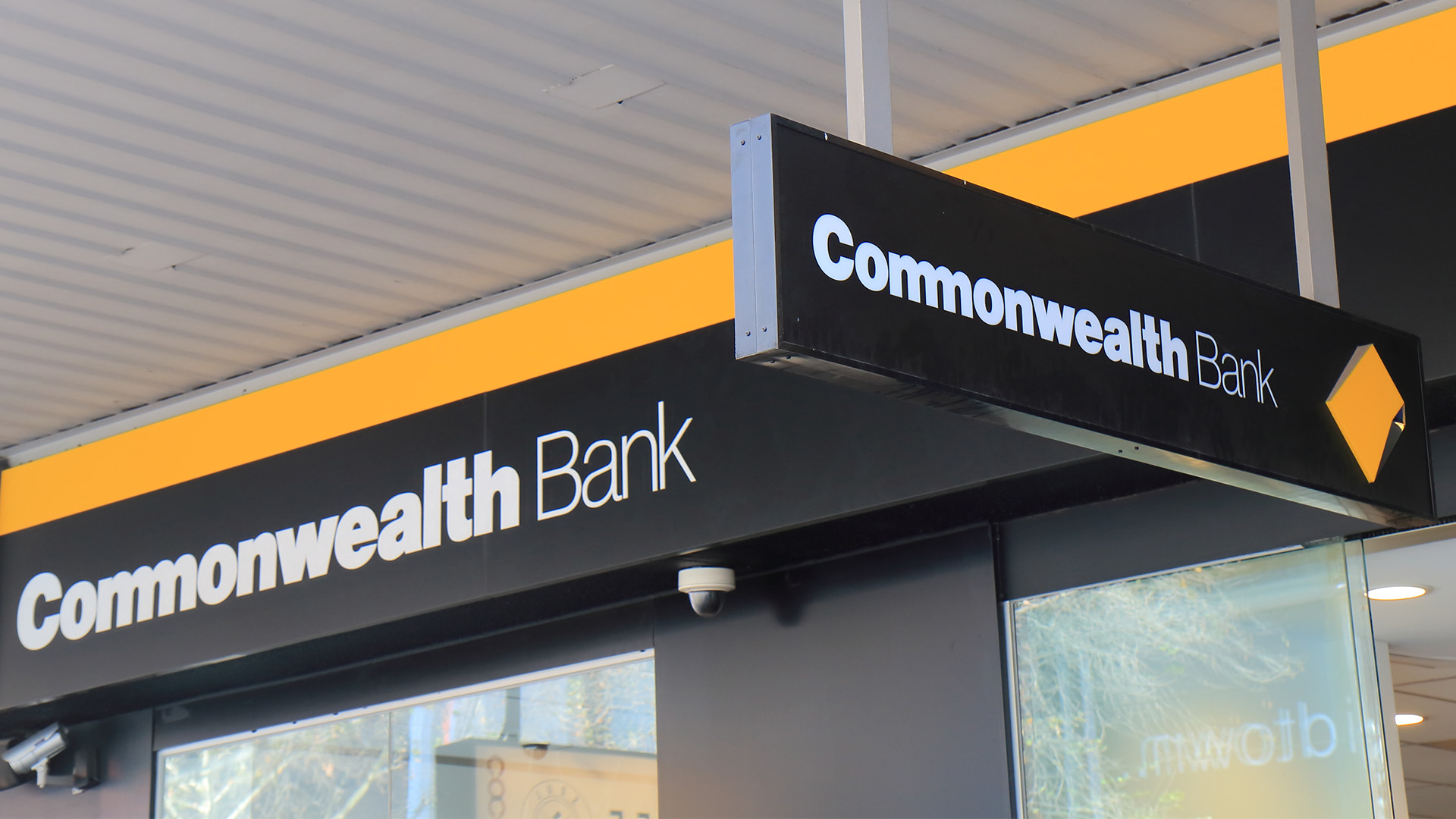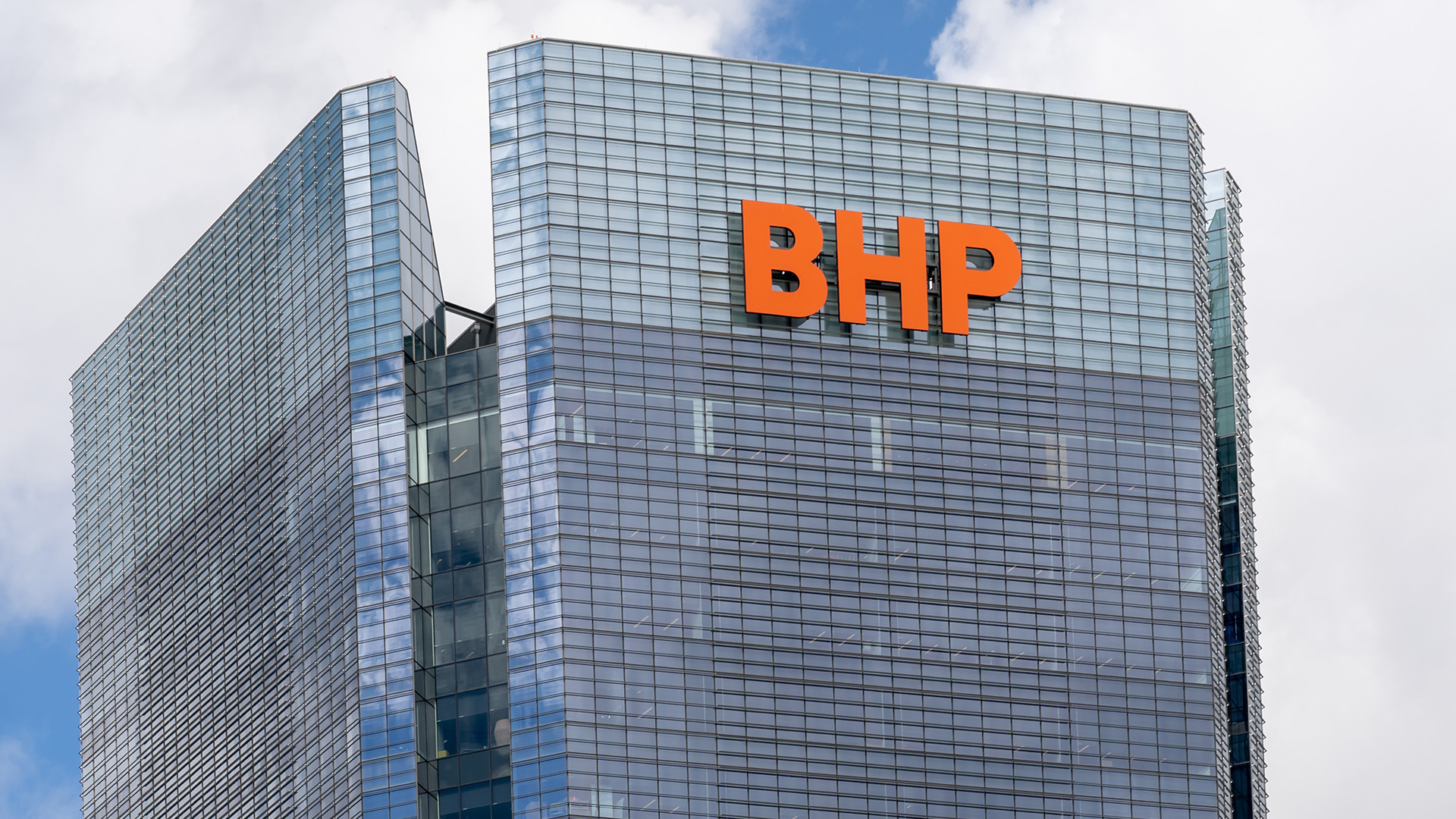As the deaths and fighting continue in Bangkok, how long will it before the country’s economy buckles under the pain?
The latest violence, which started on Thursday, has left at least 31 dead and an estimated 230 people injured.
The US, British and Japanese embassies closed on Friday while the violence is happening.
Australia followed suit overnight.
The US is said to be preparing a new travel warning for tourists and business.
That could have a big impact on confidence.
It was the worst violence in the nine weeks of protests by the so-called red-shirts who are fighting to unseat the government.
So far the impact has been relatively muted, tourism is down, but it’s the low season so far.
But there are reports of the protests and demonstrations spreading through Bangkok from the main base of the red-shirts’ and into the provinces.
The Government has declared a state of emergency in 22 provinces, most of which are in the rural heartland.
Official figures on growth, inflation and employment show the economy was rebounding strongly in the first quarter.
But analysts caution that all the solid economic figures are historical, from earlier this year and well before the protests intensified and the violence and ugly publicity flared in March.
Two weeks ago, the Bank of Thailand raised its forecast for full-year GDP growth to 4.3% to 5.8% from 3.3% to 5.3%.
That was due to the surge in exports (a story similar to Malaysia, Taiwan, Japan, South Korea and Singapore).
Click here to find out more!
China is a big factor, but because Australia has a free trade agreement with Thailand, exports of cars and car parts are strong.
The upshot is that domestic investment is rising in Thailand, but for how long.
Foreign business won’t tolerate more unrest or possible disruption for very long before they start cutting back.
Domestic consumption was up more than 8% in the March quarter, but that was before the red shirts occupied an area of Bangkok where there are half a dozen major shopping malls, all of which have been closed.
A number of hotels are closed in the area as well and tourism is down more than 20% on numbers of arrivals at Bangkok airport.
The fall in visitor numbers though would really have an impact if it continues from June onwards.
Tourism accounts for around 6%-7% of the Thai economy, but has proven to be more resilient than thought in previous protests.
So far the local stockmarket hasn’t been hit.
It’s up more than 6% since March 10, the day the protests started.
Asia is down 3.5% since then, Europe and the US are weaker as well.
The Thai government draws much of its strength from the banking and professional classes of Bangkok, the red shirts draw their strength from the country’s rural areas, so confidence in the embattled administration will be greater in the markets than in the provinces.
Therefore the views in the market and its strength might be at odds to the damage the violence is doing to offshore confidence.
If there’s a rate cut from the central bank or any other dramatic loosening of monetary policy, we will know the protests have started damaging the economy.













